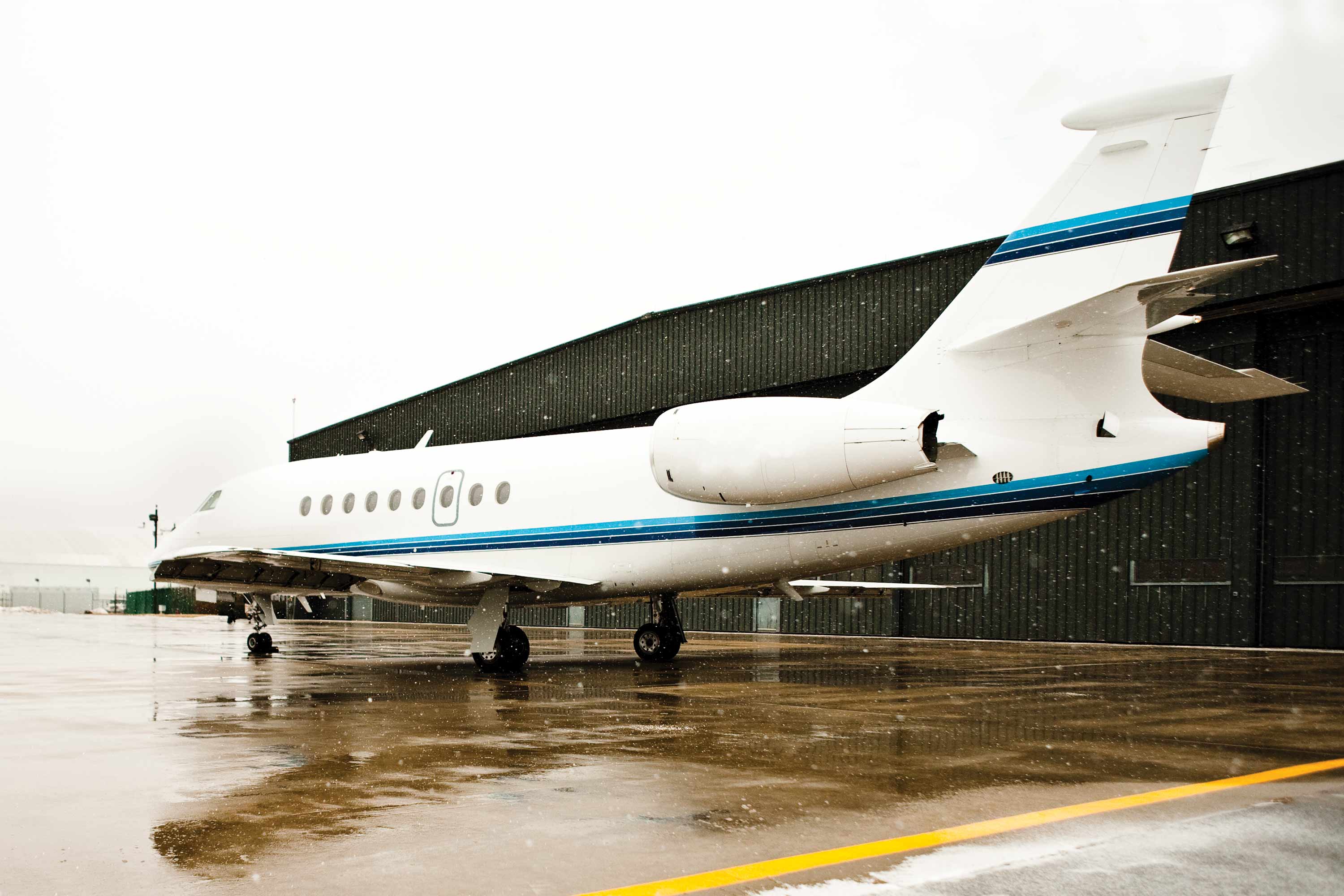
Aug. 14, 2015
Ice, snow and freezing rain may be the last thing on your mind during the hot summer months, but cold weather and icing conditions will be here before you know it. Now is a good time to prepare for safe winter flying and review the FAA’s recently issued 2015-2016 Holdover Times and Allowance Guidance.
Holdover time is the estimated period for which anti-icing or deicing fluid will prevent the accumulation of ice, snow or frost on the aircraft. Fluids are classified as Type I through Type IV, according to their composition, purpose and procedure for application. Type I is a thin deicing fluid used to quickly remove ice and snow from aircraft surfaces. The remaining three fluids have thicker viscosities and act as anti-icing agents by adhering to control surfaces, thus delaying further snow and ice buildup.
“Several factors should be considered when determining what type of deicing or anti-icing procedure you should follow, including aircraft size and type, current and forecasted weather and your planned operation,” said Peter Korns, NBAA’s operations project manager.
The new FAA document reviews deicing fluids and their application and highlights the latest findings on winter operations. For instance, it notes that when flaps or slats are extended to takeoff configuration before anti-icing fluid is applied and remain that way while taxiing, a holdover adjustment is required. In another update, small hail is now considered equivalent to ice pellets, resulting in a separate time allowance table for Type III fluids for both ice pellets and small hail. Of course, because strong convective frontal systems linked to any kind of hail, it might not to wise to fly that day.
“Operators should familiarize themselves with this new information and note any changes issued for the upcoming winter season that might affect their deicing needs,” said Korns.
View the FAA’s Holdover Times and Allowance Guidance. (PDF)
The FAA is expected to issue another notice on deicing updates after Oct. 17.
In related news, efforts are being made to standardize the format, structure and order of holdover timetables used in the U.S. and Canada. This process is expected to only result in minor rewording changes.
Transport Canada icing operations are outlined in Standard 622.11 under Part VI, General Operating and Flight Rules. Holdover times are not mandatory in Canada. However, if they are exceeded, the operator’s manual must show specific procedures to follow. Still, as in the U.S., it’s the pilot-in-command’s responsibility to ensure that critical aircraft surfaces are not contaminated at takeoff.


 International Business Aviation Council Ltd.
International Business Aviation Council Ltd.